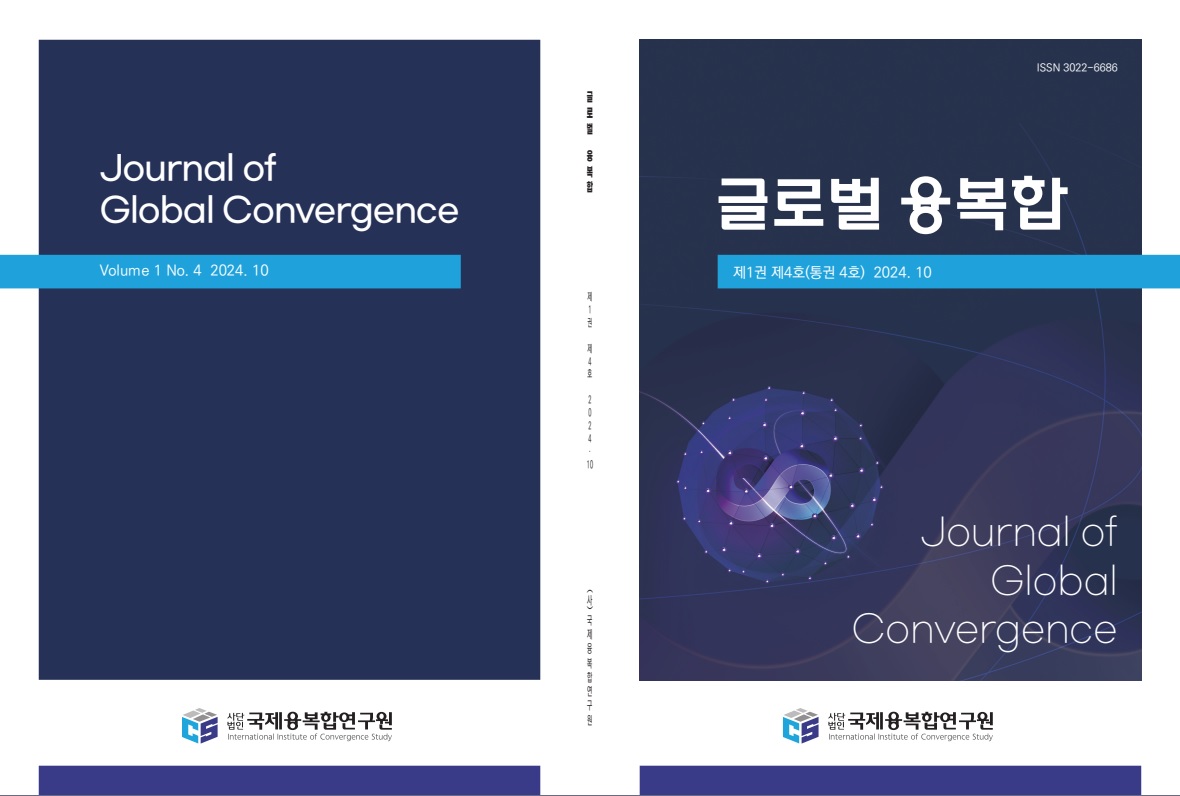공중발사형 무인 협력 전투기(CCA)의 전략적 효과성과 위험 평가: 미 공군 차세대 공중전 체계의 혁신과 도전
Strategic Effectiveness and Risk Assessment of Air-Launched Collaborative Combat Aircraft: Innovation and Challenges in the U.S. Air Force Next-Generation Air Combat System
저자
이준섭
Jun-Sub Lee
Jun-Sub Lee
수록페이지
p.53-63 (11pages)
조회수
126
다운로드
7
- 창간연도
- 2024년 1월
- ISSN
- (Print)3022-6686 , (Online)3022-6651
- 수록권호
- 제2권 3호 (통권 7호)
- 발행일
- 2025.08
- 수록논문
- 20 articles
- 유형
- 학술저널
- 주제
- 사회과학, 자연과학, 예술체육학, 복합학
- 발행기간
- 2024.01 ~ 2025.08
- 발행주기
- 연 4회(계간)
- 총 권호 수
- 6 volumes
- 총 논문 수
- 94 articles
키워드
초록
현대 공중전 환경은 중국과 러시아의 접근 거부/지역 거부(A2/AD) 능력 강화로 인해 근본적 변 화를 겪고 있다. 이러한 상황에서 미 공군이 추진하는 Collaborative Combat Aircraft(CCA) 프로그램 은 유・무인 협력 전투 체계의 새로운 패러다임을 제시하고 있다. 특히 Increment 2 단계에서 검토되고 있는 공중발사형 CCA 개념은 기존 지상 기반 항공 작전의 근본적 한계를 극복할 수 있는 혁신적 대안으 로 주목받고 있다. 본 연구는 문헌 분석, 현황 분석, 사례 비교 분석을 통해 공중발사형 CCA의 전략적 가치와 위험 요소를 종합적으로 평가하였다. 분석 결과, 공중발사형 CCA는 활주로 독립성을 통한 생존 성 향상, 작전 영역의 확장, 그리고 경제적 효율성 달성이라는 혁신적 가치를 제공할 수 있음을 확인하였 다. DARPA LongShot 프로그램의 기술적 진전은 이러한 개념의 실현 가능성을 뒷받침하고 있으며, General Atomics의 기술 축적은 CCA 프로그램에 중요한 기반을 제공하고 있다. 그러나 회수 시스템 의 기술적 복잡성, 아군 식별 시스템의 신뢰성, 그리고 자율 무기 체계에 대한 국제사회의 우려 등 중요 한 도전과제들도 식별되었다. 특히 규제적 위험은 기술적 해결책만으로는 극복하기 어려운 구조적 도전 으로, 국제 규범 형성과 정치적 합의 도출을 위한 외교적 노력이 병행되어야 한다. 본 연구는 공중발사형 CCA의 적극적 개발 추진, 위험 관리 체계의 동시 구축, 국제 협력과 규범 형성에의 선제적 참여, 그리고 단계적 발전을 통한 점진적 역량 구축이라는 정책적 시사점을 제시하였다. 공중발사형 CCA는 현대 공 중전의 패러다임을 변화시킬 수 있는 혁신적 시스템으로서, 적절한 위험 관리와 국제 협력을 통해 안전 하고 효과적으로 구현될 수 있다면 미래 평화와 안정에 중요한 기여를 할 것으로 기대된다.The modern air combat environment is undergoing fundamental transformation due to the enhanced Anti-Access/Area-Denial (A2/AD) capabilities of competing nations such as China and Russia. In this evolving landscape, the U.S. Air Force’s Collaborative Combat Aircraft (CCA) program presents a new paradigm for manned-unmanned teaming combat systems. The air-launched CCA concept being considered in Increment 2 has garnered particular attention as an innovative alternative capable of overcoming the fundamental limitations of traditional ground-based air operations. This study comprehensively evaluated the strategic value and risk factors of air-launched CCA through literature analysis, current status assessment, and comparative case studies. The analysis confirms that air-launched CCA can provide innovative value through enhanced survivability via runway independence, expanded operational reach, and economic efficiency. The technological progress of the DARPA LongShot program supports the feasibility of this concept, while General Atomics’ accumulated expertise provides a crucial foundation for the CCA program. However, significant challenges were also identified, including the technical complexity of recovery systems, reliability concerns with identification-friend-or-foe systems, and international community apprehensions regarding autonomous weapon systems. Regulatory risks, in particular, represent structural challenges that cannot be overcome through technological solutions alone, necessitating concurrent diplomatic efforts toward international norm development and political consensus building. This study presents policy implications emphasizing aggressive development of air-launched CCA, simultaneous establishment of risk management frameworks, proactive participation in international cooperation and norm formation, and incremental capability building through phased development. Air-launched CCA represents an innovative system capable of transforming the paradigm of modern air combat, and with appropriate risk management and international cooperation, it can be safely and effectively implemented to make significant contributions to future peace and stability.
참고문헌 (0)
- 이전논문UAV 확산 메커니즘과 군비경쟁 동역학: 정성적 분석 프레임워크 개발 UAV Proliferation Mechanisms and Arms Race Dynamics: Development of a Qualitative Analysis Framework
- 다음논문한미일 순환배치 확대가 한국의 병력감축 리스크 완화에 미치는 전략적 효과 분석 Strategic Effects of Expanded ROK-US-Japan Rotational Deployment on Mitigating South Korea’s Security Risks from Force Reduction
 (사)국제융복합연구원
(사)국제융복합연구원